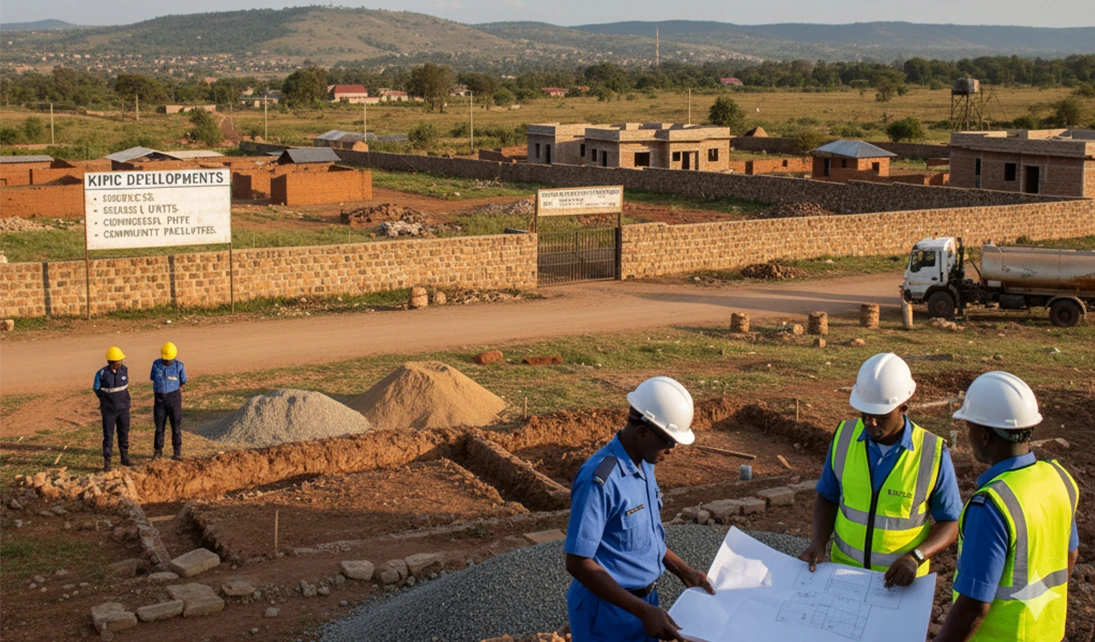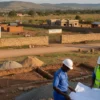Introduction
Buying land is often celebrated as the ultimate milestone of financial independence. The advertisements scream “Plots from as low as KSh 500,000!” and the dream of owning a piece of earth feels within reach. But here’s the truth—owning land goes far beyond the sticker price. The purchase is just the beginning; the real costs creep in afterward, often catching buyers off guard.
Understanding the Basics of Land Ownership
When you buy land, the money you pay the seller only secures the right to own that property. It does not cover the additional obligations, legal processes, or future responsibilities that come with ownership. Many first-time buyers mistakenly believe that once they pay, their journey is done. In reality, that’s when it truly begins.
Legal Costs and Documentation
One of the first hidden costs is legal work. You’ll need to pay for:
- Land transfer fees charged by the government.
- Title deed registration to officially have your name on record.
- Lawyer or conveyancer fees to ensure the documents are valid and protect you from fraud.
Skipping these steps can be disastrous. Imagine paying millions only to discover later that your land has multiple owners.
Surveying and Valuation Fees
Even if the land seems clearly marked, a professional survey is crucial. This confirms boundaries and prevents disputes with neighbors. If you’re financing the purchase, banks also demand a valuation report to confirm the land’s worth before approving your loan. These services don’t come free.
Stamp Duty and Government Taxes
In most regions, buyers must pay stamp duty, a tax calculated as a percentage of the land’s market value. This can easily run into hundreds of thousands depending on the property. Other levies, such as consent fees for transfer, also apply.
Land Rates and Annual Taxes
Owning land comes with recurring expenses. County governments charge annual land rates, and failing to pay them can attract penalties or even auctioning of your property. These are small amounts individually but can accumulate if neglected.
Infrastructure Development Costs
Raw land rarely comes ready to build on. You may need to:
- Grade or build access roads.
- Extend electricity lines.
- Drill a borehole or connect water pipes.
- Install proper sewerage and drainage systems.
These costs vary depending on location. A plot in a developed gated estate may already have amenities, while a cheap rural plot might require millions to develop.
Security and Fencing Costs
An unfenced plot is an open invitation for encroachment, theft, or even illegal settlement. Whether it’s barbed wire or a perimeter wall, fencing is a must. In gated communities, security is shared, but you’ll still pay service charges or monthly security fees.
Soil Testing and Environmental Assessments
Before you even think about construction, a soil test ensures your land can handle the weight of your dream house. For certain locations, environmental assessments may also be required to comply with government regulations. These technical checks protect you from future costly mistakes.
Maintenance and Care of Idle Land
Idle land doesn’t maintain itself. You may need to clear bushes, cut weeds, and patrol regularly to keep trespassers away. Neglected plots can quickly turn into dumping grounds, lowering their value.
Insurance Costs
Few landowners think of insurance, but it exists. Land insurance can cover risks like legal disputes, natural disasters, or fraudulent claims. While optional, it’s a smart way to safeguard your asset.
Financing and Interest Costs
For buyers using loans, the interest rate is one of the biggest hidden costs. Delayed repayments attract penalties, and the cumulative interest can surpass the original price of the land. Some banks also charge hidden processing or appraisal fees.
Opportunity Costs of Land Ownership
Money tied up in land isn’t easily liquid. Unlike stocks or savings, you can’t sell a piece of land overnight. While land values usually appreciate, the returns can be slow. This is where opportunity cost comes in—you might have earned more by investing elsewhere during that time.
Unexpected Expenses in Land Ownership
Land disputes are common. Neighbors might challenge your boundaries, relatives may contest inheritance, or fraudsters may surface with fake titles. Legal battles are costly, both financially and emotionally. Always keep a buffer for such unforeseen expenses.
How to Budget for the Real Cost of Land
The best approach is to budget for more than just the purchase price. Factor in:
- 10–15% extra for legal, survey, and taxes.
- Infrastructure development and fencing.
- Recurring land rates.
- A contingency fund for unexpected disputes.
This way, you won’t be caught off guard when the “cheap plot” suddenly demands more money than you imagined.
Conclusion
Land is a powerful investment—tangible, permanent, and often appreciating. But true ownership is more than paying the seller. It’s about being prepared for the silent, hidden costs that come later. If you walk in with open eyes, a clear budget, and professional guidance, land can become the best decision of your life.








